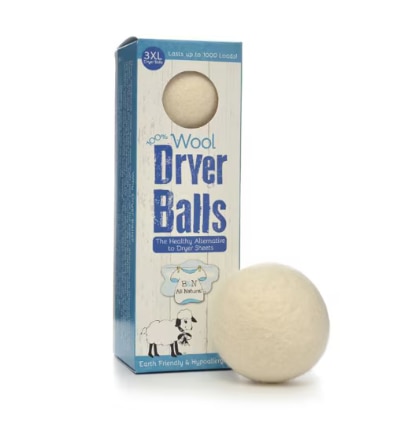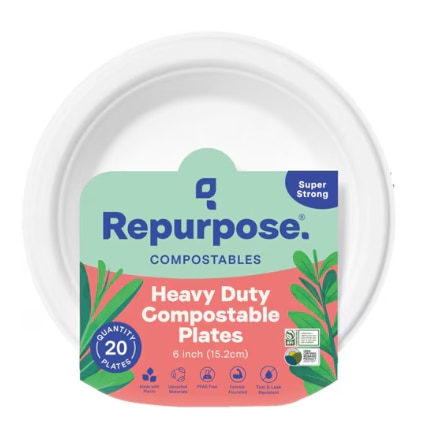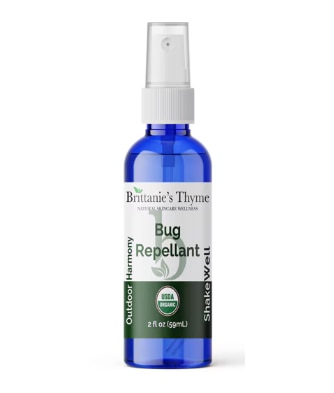If biblical floods and sweeping wildfires have you on edge, living a sustainable summer can help. You might not end all extreme wet and dry weather, but you’ll still help the planet and its creatures, including yourself. What’s more, a sustainable agenda makes daily living more meaningful and action oriented.
Start by taking stock of what your habits look like so far this summer. If you’ve adopted eco-friendly warm-weather practices, bravo. If you need a nudge or want additional strategies, Renée Loux can help.

Loux has been showing people how to live and eat sustainably since the 1990s and authored several books on it, including Easy Green Living: The Ultimate Guide to Simple, Eco-Friendly Choices for You and Your Home and Whole Green Catalog: 1,000 Best Things for You and the Earth.
Living sustainably during summer can be tough, Loux acknowledges, but not impossible. These 3 issues rank most challenging to sustainable summer living — but Loux has solutions for them.
1. Waste, particularly from outdoor gatherings
Solution:
Use eco-disposables, or pack in and pack out your own dishes and silverware.
“Opt for recycled paper and tree-free paper options” as far as disposables, Loux says. “While plant-based plastic is made from plants, not petroleum, generally it cannot be composted outside of a commercial composting.”
2. Water use for everything from lawns and food to showers and pools
Solution:
“Fix leaks, catch rainwater for irrigation, install low-flow devices, and eat less meat, which is an extremely water-intensive food,” Loux says. “Also, use irrigation early in the morning or at night to help plants absorb water without the sun’s impact. If you have a pool, cover it to prevent water evaporation.”
3. Power use, especially A/C and the clothes dryer
Solution:
“Get a smart thermostat that can adjust temperatures to reflect your household’s needs efficiently,” Loux says. “Use fans to circulate air, use shades to reduce solar gain, wash clothes with a cold-water cycle — most of a washing machine’s energy use is from heating the water, plus cold water will extend the life of clothes by conserving colors and fabrics.”
Your energy provider might also have sustainable energy options, so give them a call or check their website. Some energy providers even offer rebates for seasonal tune-ups (I did!).
Now that the hard stuff is out of the way, let’s move to lighter fare.
Sustainable Summer Living Tips
Here are Loux’s top tips for living a more sustainable summer, without skimping on satisfaction:
Get better bug repellant.
“Seek out insect sprays that harness essential oils for efficacy, and avoid chemical-based sprays that contain DEET or pyrethroid ingredients, which are harmful to all living things, not just insects,” Loux says.
The U.S. Environmental Protection Agency has a tool to help you find the best bug repellent, considering time outside and the insects you want to avoid, among other factors.
Oil of lemon eucalyptus repels mosquitos and ticks for up to six hours, and citronella repels ticks and mosquitos for up to an hour, according to the EPA tool.
Grow your own.
“Veggies and herbs can be grown in planters on a windowsill if you don’t have space or time for a garden,” Loux says. “Beyond the unbeatable freshness and ultra-local nature of homegrown food, it may connect you to the power of nature, plants and DIY pleasure.”
Herbs are the easiest to grow indoors. Rosemary doesn’t even need seed. Grab a clipping, stick it in water, keep it in a bright room, and watch roots sprout. That’s how I started the bush in my yard.
When it comes to seeds, think beyond ubiquitous basil and mint. Japanese shiso, for example, is a cinch to grow from seed and a pretty plant on its own, plus it can lead you to new flavor combos.
Line-dry clothing.
Fair weather is the perfect time to reduce the use of “energy-hungry clothing dryers,” Loux says. “Hang dry, and then opt for a short, heat-free cycle to fluff your clothes if you don’t like the off-the-line feeling of some fabrics.”
And don’t use fabric softener. It’s bad for the environment — and it puts residue right back on the clothes you just washed. Use wool dryer balls instead.
Find a farmers market.
“Buying locally grown food provides a wide range of benefits including freshness, flavor, lower carbon footprint for traveling, as well as supporting smaller, local farmers,” Loux says. “Shopping at a farmers market will also inform you of what is actually in season in your area, so your trips to the grocery stores can reflect the seasonal selection for more sustainable choices.”
Use eco-friendly sunscreen.
“Many chemical sunscreens contain ingredients that are hazardous to waterways, especially reef systems,” Loux says. Ingredients such as oxybenzone and octisalate can harm human health too.
Products with titanium dioxide and zinc oxide, minerals that block UVA rays, are much better. Loux recommends checking Environmental Working Group’s sunscreen guide to discover which sunscreens are safest and most effective.
Keep your freezer full.
“A packed freezer uses less energy than a freezer with empty space,” Loux says. “Take advantage of the energy to make extra ice, ice packs — or even better, freeze in-season produce for the winter.”
Freeze fruit for summer treats too: Puree mango with coconut cream or coconut milk, and pour it in a silicone ice tray or popsicle mold. Or freeze mashed banana mixed with cacao or cocoa powder. For surefire sweetness that’s a step better than table sugar, add coconut sugar to either mixture.
Featured Products



The post How to Live Your Most Sustainable Summer first appeared on The Upside by Vitacost.com.

